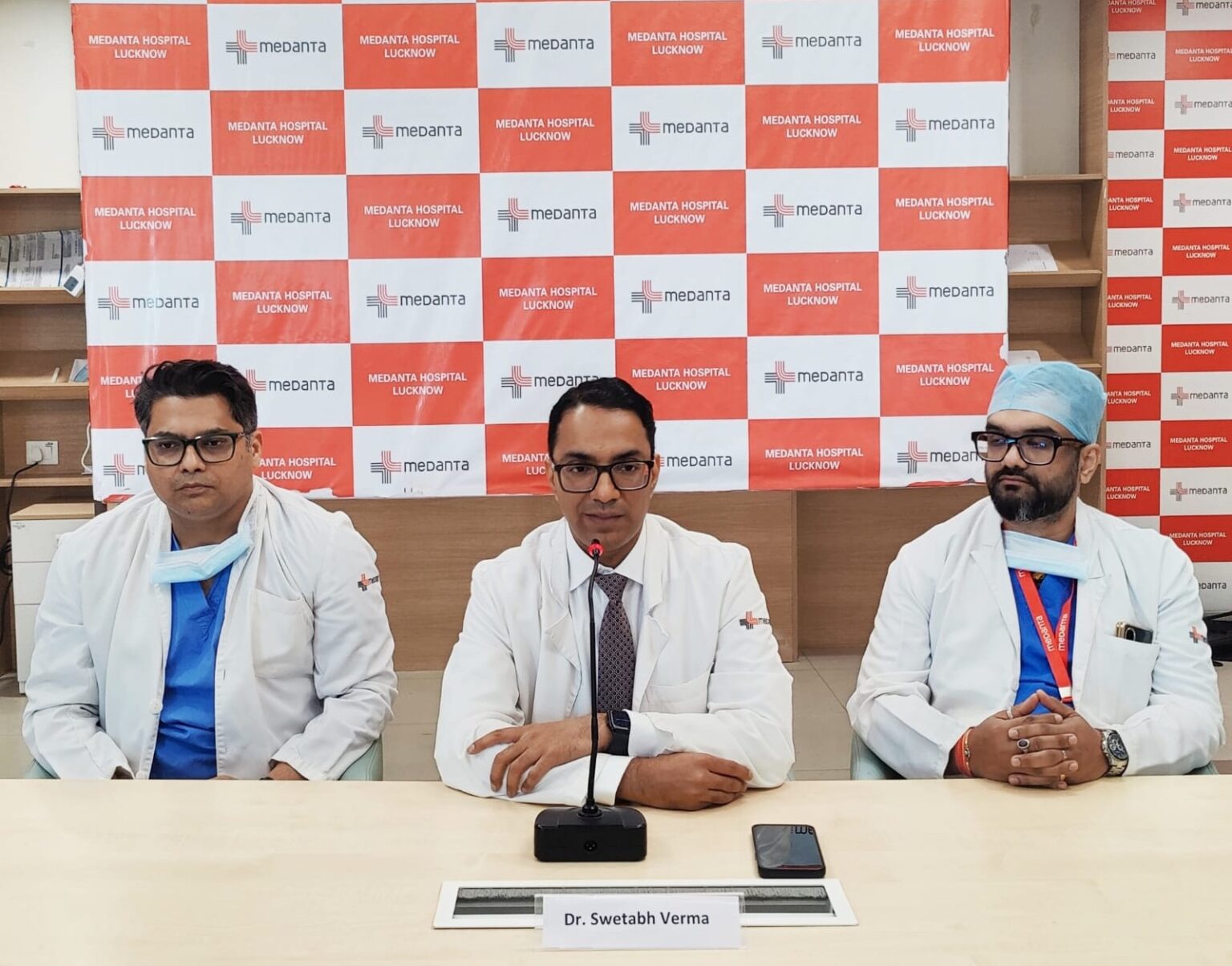Lucknow – For 12-year-old Mohini from Gorakhpur, life had long been a struggle. Born with a severe spinal deformity, her upper body leaned forward, marked by a prominent hump that could not be hidden even under clothes. The condition made walking difficult and often drew unwanted attention from her peers. After years of physical and emotional pain, Mohini finally found hope at Medanta Hospital, Lucknow, where a complex surgery successfully reduced her spinal curve from 90 degrees to under 40, enabling her to lead a more normal life.
Dr. Shwetabh Verma, Associate Director, Orthopedics and Spine Surgery at Medanta Lucknow, explained that spinal deformities like scoliosis (abnormal sideways curvature) and kyphosis (forward bending of the spine) are not limited to adults but are increasingly seen in children and adolescents. He stressed that timely diagnosis and treatment are crucial, as untreated conditions can affect mobility, confidence, and overall quality of life.
“Some deformities are congenital, while others develop between ages 3–10 or during early adolescence. Parents must remain alert—if a child stands unevenly, has one shoulder lower than the other, a tilted waist, or unusual patches of hair or marks on the back, they should consult a specialist immediately,” Dr. Verma said.
Recent successful surgeries at Medanta include two scoliosis patients and one kyphosis patient. Among them was a 10-year-old girl whose spinal curve worsened to 80 degrees just before puberty, making immediate surgery essential, and a 13-year-old boy with fused vertebrae causing a severe hump that was corrected through rod placement.

Experts note that beyond congenital cases, modern lifestyle factors are also impacting spinal health. Heavy school bags, poor sitting posture during studies, prolonged use of laptops, unhealthy diets, and lack of exercise all contribute to spinal problems in children and adults alike. Even improper bedding can strain the spine.
Dr. Verma advised, “A healthy spine requires balanced nutrition, regular exercise, proper posture, and a disciplined lifestyle. Avoid junk food and sedentary habits, as obesity puts additional pressure on the spine, leading to long-term issues like sciatica and slipped discs.”
The message is clear: with awareness, timely intervention, and preventive habits, spinal health in children can be safeguarded, sparing them from pain and deformities later in life.





